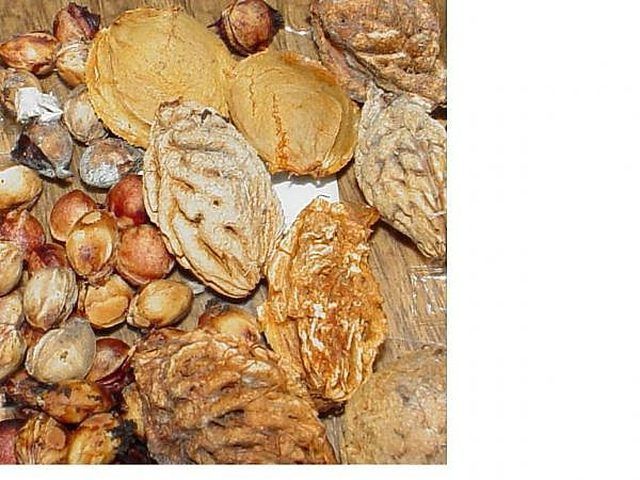Bulbs
Flower Basics
Flower Beds & Specialty Gardens
Flower Garden
Garden Furniture
Garden Gnomes
Garden Seeds
Garden Sheds
Garden Statues
Garden Tools & Supplies
Gardening Basics
Green & Organic
Groundcovers & Vines
Growing Annuals
Growing Basil
Growing Beans
Growing Berries
Growing Blueberries
Growing Cactus
Growing Corn
Growing Cotton
Growing Edibles
Growing Flowers
Growing Garlic
Growing Grapes
Growing Grass
Growing Herbs
Growing Jasmine
Growing Mint
Growing Mushrooms
Orchids
Growing Peanuts
Growing Perennials
Growing Plants
Growing Rosemary
Growing Roses
Growing Strawberries
Growing Sunflowers
Growing Thyme
Growing Tomatoes
Growing Tulips
Growing Vegetables
Herb Basics
Herb Garden
Indoor Growing
Landscaping Basics
Landscaping Patios
Landscaping Plants
Landscaping Shrubs
Landscaping Trees
Landscaping Walks & Pathways
Lawn Basics
Lawn Maintenance
Lawn Mowers
Lawn Ornaments
Lawn Planting
Lawn Tools
Outdoor Growing
Overall Landscape Planning
Pests, Weeds & Problems
Plant Basics
Rock Garden
Rose Garden
Shrubs
Soil
Specialty Gardens
Trees
Vegetable Garden
Yard Maintenance
How to Save Fruit and Vegetable Seeds
How to Save Fruit and Vegetable Seeds. Most experienced gardeners save seeds from their annual crops. If you have an heirloom variety of a particular fruit or vegetable, it is advantageous to retain those seeds. You can choose seeds from the best, or earliest, fruits and vegetables to continue desired traits.

Most experienced gardeners save seeds from their annual crops. If you have an heirloom variety of a particular fruit or vegetable, it is advantageous to retain those seeds. You can choose seeds from the best, or earliest, fruits and vegetables to continue desired traits.
Save the best seeds! If you have a tomato plant that bore fruit early or a watermelon that was particularly tasty, be sure to save those seeds. Saving your own seeds is more work than buying them, but the benefit is to encourage the traits you want in your supply of garden seeds.
The steps you take to save seeds will depend on the fruit or vegetable. Some seeds can be scraped easily from the flesh of the produce and are relatively dry. Other seeds are small and deeply embedded inside the fruit, making them hard to separate.
For fruits and vegetables that separate easily from the produce and are not covered in pulp, simply scrape the seeds away from the produce. Spread them out evenly on a glass dish. They should NOT be layered on top of each other. The air will need to circulate easily around them to dry. Place them in a sunny window for one week. Using a glass dish, or plate, in this step prevents the seeds from sticking, as they do to a paper towel. You won't have to worry about damaging the seeds trying to remove them from the towel if you spread them out well on a glass surface.
For seeds that come with a lot of liquid or pulp, remove as much pulp as possible from the seed with your fingers. Then, soak or rinse them immediately to remove the remainder. After soaking, strain the seeds from the water with your hand or with a strainer. Then follow the steps above to dry the seeds in a window.
When you are certain the seeds are well dried, place them in an envelope. Write the type of seed and the date on the envelope. Store them in a dry, dark, cool place.
Very small seeds from flowering vegetables such as lettuce may simply be shaken into a paper sack. Make sure these seeds are ready to harvest before removing them from the flower. A good indication of the seeds readiness is when the flower becomes dry or begins to drop a few seeds.
If you enjoy saving seeds there are a variety of seed trading forums online. You might also find it rewarding to swap seeds with other gardeners in your local area.
Tips & Warnings
If you have other people harvesting produce from your garden and you would like to mark a particular plant for seed saving, tie a ribbon or a scrap of cloth to that plant to indicate you are saving those seeds.
When planting your saved seeds the following year, always hold back a few for later planting. This will reduce the risk of losing your specially selected seeds in the event of poor weather conditions or crop failure.